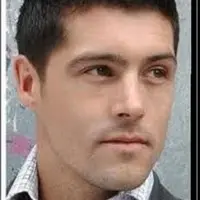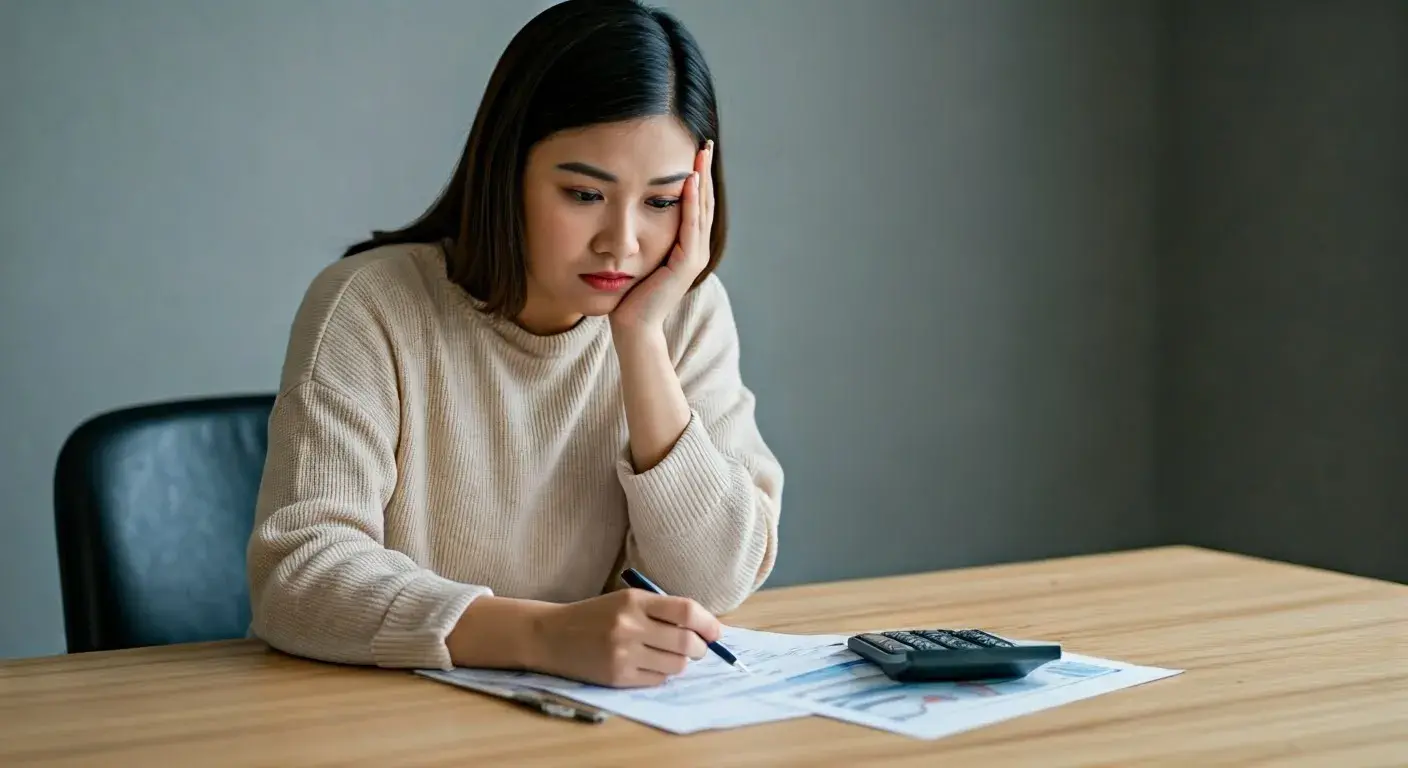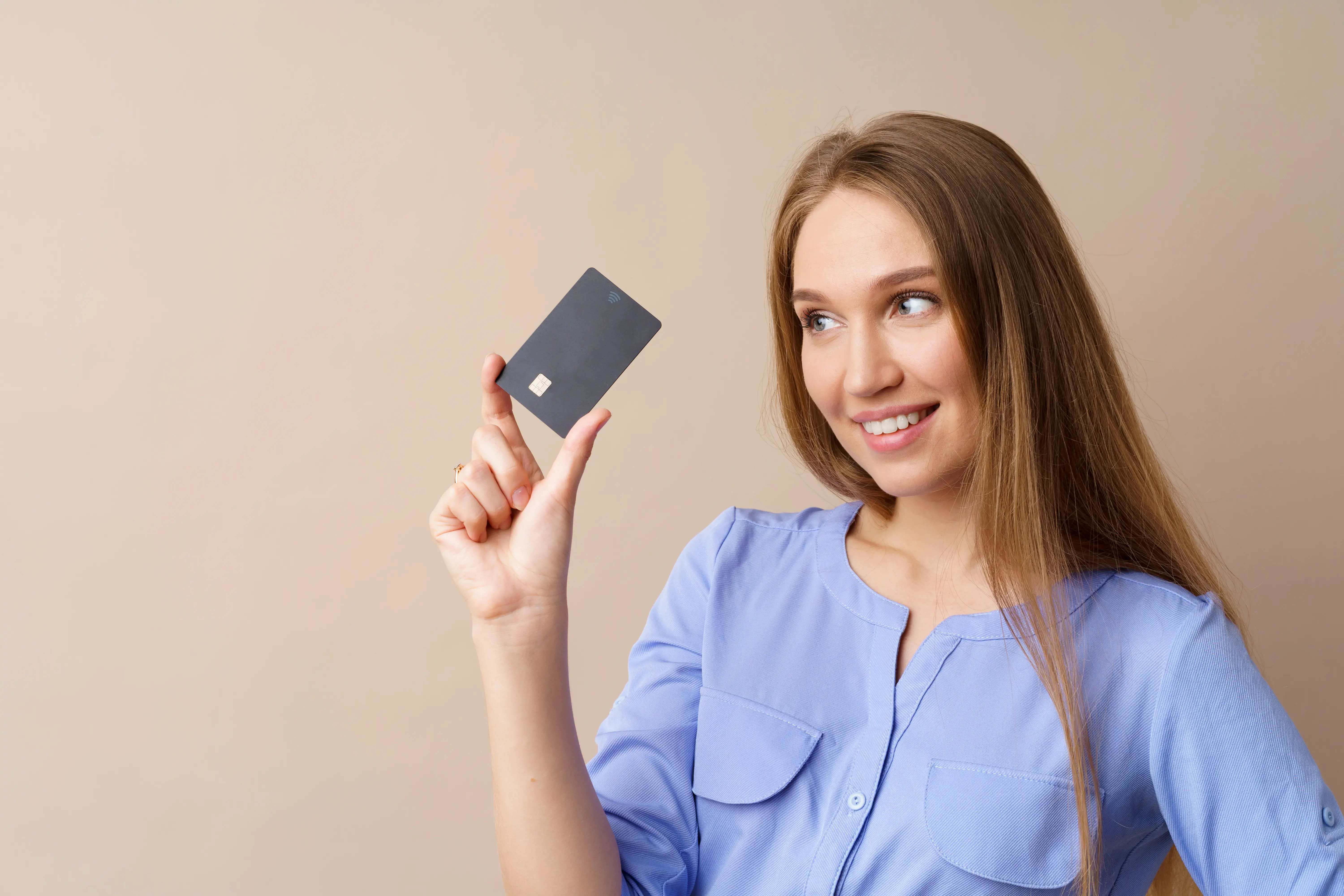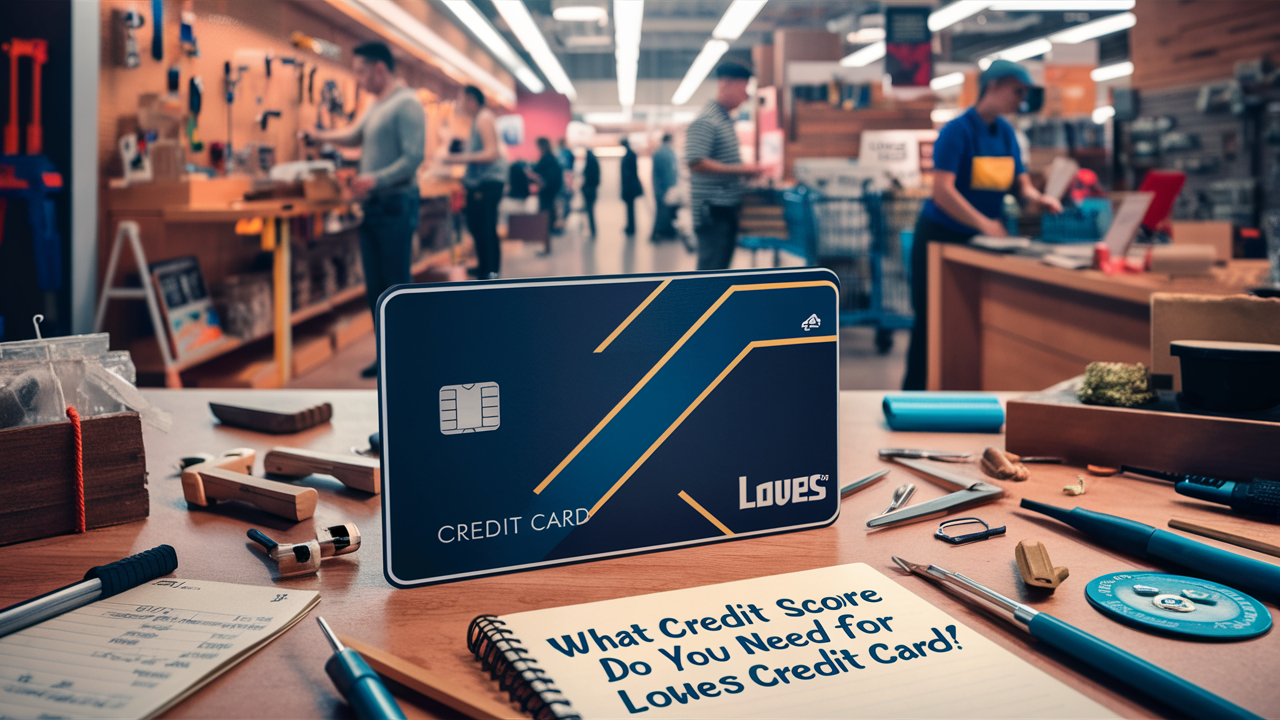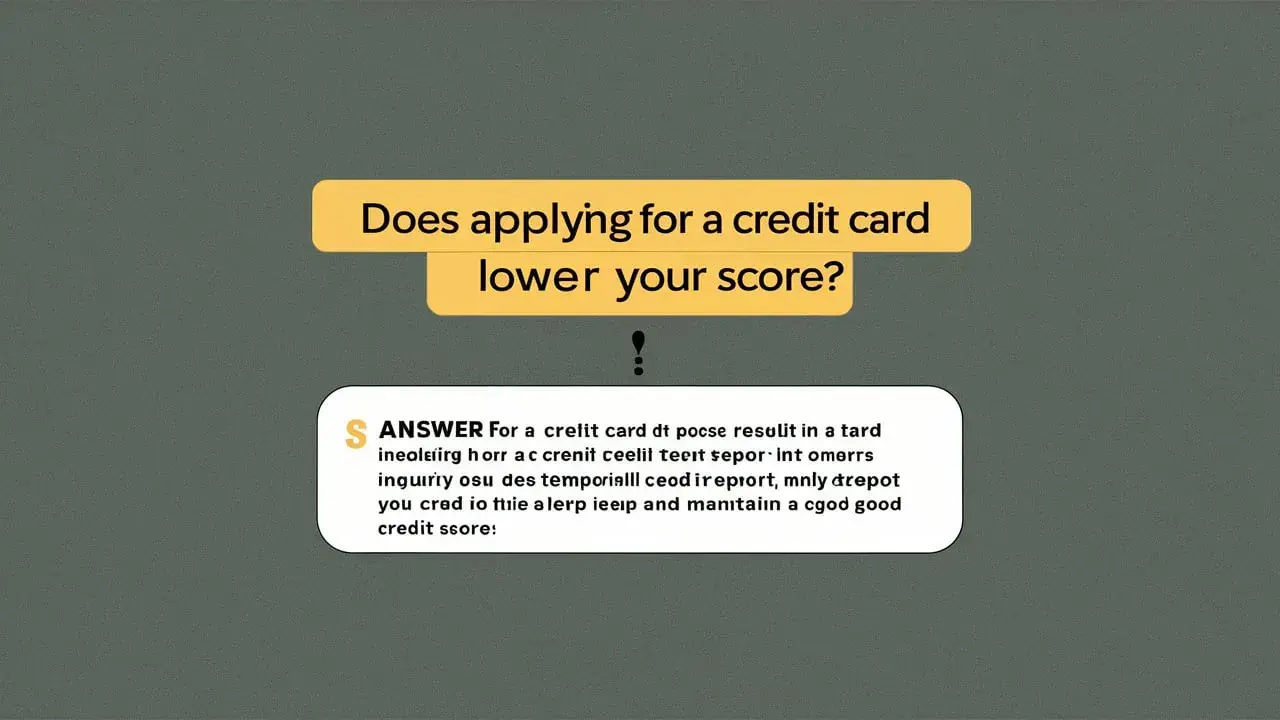-
Posted on: 26 Jul 2024
-
Understanding what constitutes high credit card debt is crucial for financial health. This guide breaks down the metrics, impact, and strategies to manage excessive credit card balances, empowering you to take control of your finances in 2025.
What is Considered High Credit Card Debt?
Defining "high" credit card debt isn't a one-size-fits-all answer, as it depends on individual income, expenses, and overall financial picture. However, generally speaking, high credit card debt refers to balances that are difficult to manage, significantly impact your credit score, and create a substantial financial burden. In 2025, this often translates to credit utilization ratios exceeding 30%, debt-to-income ratios that are unsustainable, and total balances that feel overwhelming to pay down within a reasonable timeframe, especially when factoring in high interest rates.
Key Metrics to Evaluate Debt Levels
To accurately assess whether your credit card debt is "high," it's essential to look beyond just the dollar amount. Several key metrics provide a clearer picture of your debt's impact on your financial health. Understanding these metrics is the first step toward taking control.
Credit Utilization Ratio
Your credit utilization ratio (CUR) is a critical factor that lenders and credit bureaus examine. It measures how much of your available credit you are currently using. The formula is straightforward: (Total Credit Card Balances / Total Credit Card Limits) * 100.
What's considered good: A CUR below 30% is generally considered good. This indicates you are using your credit responsibly and not relying heavily on borrowed funds.
What's considered high: A CUR consistently above 30% starts to negatively impact your credit score. A CUR of 50% or higher is a strong indicator of high credit card debt and can significantly damage your creditworthiness. For example, if you have two credit cards with a total limit of $10,000 and a combined balance of $6,000, your CUR is 60%, which is considered high.
2025 Insights: While 30% is the widely accepted threshold, financial experts in 2025 increasingly recommend keeping your CUR as low as possible, ideally below 10%, for the most significant positive impact on your credit score. High utilization signals to lenders that you may be overextended.
Debt-to-Income Ratio (DTI)
The debt-to-income ratio (DTI) compares your total monthly debt payments to your gross monthly income. It's a crucial metric lenders use to assess your ability to manage monthly payments and repay debts. It's calculated as: (Total Monthly Debt Payments / Gross Monthly Income) * 100.
What's considered good: A DTI of 36% or lower is generally considered healthy. This means less than a third of your income goes towards debt.
What's considered high: A DTI above 43% is often considered high and can make it difficult to qualify for new loans, including mortgages. For credit card debt specifically, if your monthly credit card payments alone push your DTI into this high range, it's a clear sign of significant debt burden. For instance, if your gross monthly income is $5,000, and your total monthly debt payments (including mortgage, car loans, student loans, and credit cards) are $2,200, your DTI is 44%, which is high.
2025 Insights: With rising living costs in 2025, many consumers are seeing their DTI creep up. Lenders are scrutinizing this ratio even more closely. A DTI above 40% is a warning sign that your debt load is becoming unmanageable, especially if a significant portion is high-interest credit card debt.
Total Outstanding Balance
While not as nuanced as CUR or DTI, the sheer amount of your total outstanding credit card balance is a fundamental indicator. High debt is relative to your income and financial capacity, but there are general benchmarks.
What's considered manageable: Balances that you can realistically pay off within 1-3 years with disciplined budgeting and consistent payments.
What's considered high: Balances that feel insurmountable, require only minimum payments to service, and take many years (or even decades) to pay off. In 2025, for many households, exceeding $10,000 to $20,000 in total credit card debt, especially without a clear repayment plan, can be considered high. This is particularly true if this debt is accumulating interest at high rates.
2025 Insights: The average credit card debt per household continues to be a concern. While averages fluctuate, if your personal outstanding balance is significantly higher than your annual income or requires a substantial portion of your monthly budget, it's likely too high.
Interest Paid Over Time
A less direct but powerful indicator of high credit card debt is the amount of interest you are paying. If a significant portion of your monthly payment is going towards interest rather than the principal, you are likely carrying a substantial debt load at high interest rates.
What's considered manageable: When your payments are primarily reducing the principal balance, with only a small fraction going to interest.
What's considered high: When your monthly payments are barely making a dent in the principal, and the majority of your payment is consumed by interest charges. This is a hallmark of carrying high balances on cards with high Annual Percentage Rates (APRs). If you find yourself paying hundreds of dollars in interest each month, it's a clear sign of high credit card debt.
2025 Insights: With interest rates remaining elevated in 2025, the cost of carrying credit card debt has become even more pronounced. High interest payments mean your debt is growing faster than you can pay it down, creating a vicious cycle.
Understanding the Impact of High Debt
Carrying a significant amount of credit card debt can have far-reaching consequences that extend beyond your bank account. It impacts your creditworthiness, mental well-being, and future financial opportunities.
Credit Score Damage
Your credit score is a three-digit number that represents your creditworthiness to lenders. High credit card debt is one of the most significant factors that can lower your credit score.
How it happens:
- High Credit Utilization: As discussed, a high CUR signals to lenders that you are a higher risk, directly lowering your score.
- Missed Payments: If you struggle to make payments due to the debt burden, late or missed payments will severely damage your score.
- Increased Credit Inquiries: Trying to manage debt by opening new accounts can lead to multiple inquiries, which can also slightly lower your score.
The consequence: A lower credit score makes it harder and more expensive to borrow money in the future. You might face higher interest rates on loans, higher insurance premiums, and even difficulties in renting an apartment or securing certain jobs.
2025 Data: In 2025, credit scoring models continue to heavily weigh credit utilization. Scores can drop by 50-100 points or more when utilization exceeds 30%, and even more dramatically when it approaches 100%. This makes maintaining a good CUR paramount.
Financial Stress and Well-being
The psychological toll of carrying high credit card debt cannot be overstated. It's a constant source of worry and anxiety.
Common effects:
- Anxiety and Depression: Constantly worrying about bills, interest, and how to pay off debt can lead to significant mental health issues.
- Sleep Disturbances: Stress related to finances can disrupt sleep patterns, leading to fatigue and reduced cognitive function.
- Relationship Strain: Financial disagreements are a common cause of conflict in relationships.
- Reduced Quality of Life: The inability to afford desired activities or experiences due to debt repayment can lead to feelings of deprivation and unhappiness.
2025 Perspective: In an era of economic uncertainty and rising costs, financial stress is a pervasive issue. High credit card debt exacerbates this, impacting overall well-being and making it harder to enjoy life.
Limited Financial Flexibility
When a large portion of your income is dedicated to servicing credit card debt, your ability to make choices and pursue financial goals is severely restricted.
What this means:
- Inability to Save: It becomes difficult to build an emergency fund or save for long-term goals like retirement, a down payment on a house, or education.
- Missed Opportunities: You might have to pass up on investment opportunities, career advancements that require relocation, or even personal development courses.
- Vulnerability to Emergencies: Without an emergency fund, any unexpected expense (like a car repair or medical bill) can push you further into debt.
2025 Outlook: Financial flexibility is key to navigating life's uncertainties. High credit card debt acts as a significant anchor, preventing individuals from building wealth and achieving financial freedom.
Risk of Default and Bankruptcy
The most severe consequence of unmanageable credit card debt is the risk of defaulting on your payments. This can lead to a cascade of negative events, including legal action and ultimately, bankruptcy.
The progression:
- Collections: If you miss payments, your account may be sent to a collection agency, leading to persistent calls and aggressive collection tactics.
- Lawsuits: Creditors can sue you to recover the debt, which can result in wage garnishment or bank levies.
- Bankruptcy: In extreme cases, bankruptcy may be the only option to discharge overwhelming debt. This has severe, long-lasting consequences on your credit and financial future.
2025 Statistics: While bankruptcy rates fluctuate, the underlying causes often include unmanageable consumer debt. Credit card debt remains a primary contributor to personal bankruptcies, highlighting the serious risks involved.
Factors Contributing to High Credit Card Debt
Understanding why credit card debt accumulates is crucial for prevention and management. Several common factors often lead individuals into a cycle of high debt.
Lifestyle Inflation
Lifestyle inflation, also known as lifestyle creep, occurs when you spend more money as your income increases. While a raise is a positive event, if spending habits increase proportionally or even exceed the income increase, it can lead to debt.
How it happens: A promotion or salary increase might lead to upgrading your car, moving to a more expensive home, dining out more frequently, or purchasing more luxury items. If these increased expenses aren't balanced by increased savings or a disciplined budget, credit cards can be used to bridge the gap.
2025 Relevance: As the cost of living rises in 2025, it's tempting to maintain a certain lifestyle. However, without conscious effort, lifestyle inflation can quickly outpace income, making it harder to save and easier to accumulate credit card debt.
Unexpected Expenses
Life is unpredictable. Medical emergencies, job loss, major home repairs, or sudden car breakdowns can create significant financial strain.
The role of credit cards: Without an adequate emergency fund, many people turn to credit cards to cover these unforeseen costs. While this can be a temporary solution, if the debt isn't paid off quickly, it can snowball due to interest charges, leading to a persistent high balance.
2025 Preparedness: In 2025, building an emergency fund is more critical than ever. Relying solely on credit cards for emergencies leaves you vulnerable to high interest rates and long-term debt.
The Minimum Payment Trap
Credit card companies often advertise low minimum monthly payments. While this might seem manageable, it's a deceptive practice that can keep you in debt for years.
The math: Minimum payments are often calculated as a small percentage of the balance (e.g., 1-3%) plus interest. If you only pay the minimum on a substantial balance, the majority of your payment goes towards interest, and the principal is reduced very slowly. This can extend repayment periods for decades and result in paying multiple times the original amount borrowed in interest.
Example: On a $5,000 balance at 20% APR, paying only the minimum (let's say $100) would take over 10 years to pay off and cost you more than $6,000 in interest alone. Paying $250 per month would clear the debt in under 2 years and save you thousands in interest.
2025 Caution: Be aware that minimum payments are designed to keep you paying interest for as long as possible. Always aim to pay more than the minimum.
Impulse Buying and Emotional Spending
Many people use credit cards for impulse purchases or as a coping mechanism for stress, boredom, or happiness. This can lead to accumulating debt without even realizing it.
Triggers:
- Sales and Discounts: The allure of a "deal" can lead to buying things you don't need.
- Online Shopping: The ease of online purchasing makes it simple to make spontaneous buys.
- Emotional Triggers: Using shopping as a way to feel better during difficult times.
2025 Awareness: In the age of targeted advertising and one-click purchasing, practicing mindful spending is essential. Recognizing emotional triggers for spending is the first step to breaking the cycle.
Strategies for Managing High Credit Card Debt
If you find yourself with high credit card debt, don't despair. There are effective strategies you can employ to regain control and work towards becoming debt-free.
The Debt Snowball Method
This popular debt reduction strategy focuses on psychological wins. You pay off your smallest debts first while making minimum payments on larger ones.
How it works:
- List all your debts from smallest balance to largest, regardless of interest rate.
- Make minimum payments on all debts except the smallest.
- Put any extra money you can find towards the smallest debt.
- Once the smallest debt is paid off, take the money you were paying on it and add it to the minimum payment of the next smallest debt.
- Continue this process, "snowballing" your payments onto progressively larger debts.
Pros: Provides quick wins and motivation, which can be helpful for those who struggle with staying committed.
Cons: May result in paying more interest over time compared to the avalanche method if the smallest debts have lower interest rates.
2025 Application: This method is excellent for building momentum and celebrating small victories on the path to debt freedom.
The Debt Avalanche Method
This method prioritizes paying off debts with the highest interest rates first, while making minimum payments on others.
How it works:
- List all your debts from highest interest rate to lowest.
- Make minimum payments on all debts except the one with the highest interest rate.
- Put any extra money you can find towards the debt with the highest interest rate.
- Once that debt is paid off, take the money you were paying on it and add it to the minimum payment of the debt with the next highest interest rate.
- Continue this process until all debts are paid off.
Pros: Saves you the most money on interest over time and helps you become debt-free faster.
Cons: May take longer to see initial results if your highest-interest debt is also a large balance, which can be demotivating for some.
2025 Financial Efficiency: Given the current interest rate environment in 2025, the debt avalanche method is often the most financially sound approach for minimizing interest paid.
Balance Transfers
A balance transfer involves moving the outstanding balance from one or more high-interest credit cards to a new card that offers a 0% introductory APR for a specific period.
How it works:
- Research credit cards offering 0% introductory APR on balance transfers.
- Apply for the card and complete the transfer process.
- Focus on paying down the transferred balance aggressively during the 0% APR period.
Considerations:
- Balance Transfer Fees: Most cards charge a fee (typically 3-5% of the transferred amount).
- Introductory Period Length: Understand how long the 0% APR lasts.
- Post-Introductory APR: Know the regular APR that will apply after the introductory period ends.
- Credit Score Requirements: You'll generally need good to excellent credit to qualify for the best offers.
Example: Transferring a $7,000 balance with a 22% APR to a card with a 15-month 0% APR offer and a 3% balance transfer fee ($210). If you pay off the $7,210 ($7,000 + $210 fee) within 15 months, you save significant interest. If you don't, you'll start paying the card's regular APR.
2025 Strategy: Balance transfers can be a powerful tool in 2025, especially with competitive offers available. However, they require discipline to pay off the debt before the introductory period expires.
Debt Consolidation Loans
A debt consolidation loan allows you to combine multiple debts into a single new loan, typically with a fixed interest rate and repayment term.
How it works:
- Apply for a personal loan from a bank, credit union, or online lender.
- Use the loan funds to pay off your high-interest credit card balances.
- Make a single monthly payment on the new loan.
Pros:
- Simplicity: One payment instead of multiple.
- Potentially Lower Interest Rate: If you qualify for a loan with a lower APR than your credit cards, you can save money.
- Fixed Payments: Predictable monthly payments make budgeting easier.
Cons:
- Interest Rate: The loan's interest rate might not be significantly lower than your credit card rates, especially if your credit score isn't strong.
- Loan Fees: Some loans may have origination fees.
- Risk of More Debt: If you don't change your spending habits, you could end up with the consolidated loan *and* new credit card debt.
2025 Consideration: Debt consolidation loans can be effective if they offer a lower overall interest rate and you commit to not accumulating new debt. Compare offers carefully.
Negotiating with Creditors
If you are struggling to make payments, contacting your credit card companies directly can sometimes lead to more manageable terms.
What you can ask for:
- Lower Interest Rate (APR): This can significantly reduce the amount of interest you pay.
- Waived Fees: Such as late fees or over-limit fees.
- Payment Plan: A structured plan to pay off the balance over time.
- Hardship Programs: Some creditors offer special programs for individuals facing financial difficulties.
Tips for success:
- Be honest about your financial situation.
- Be polite and professional.
- Be prepared to explain why you need assistance.
- Know what you can realistically afford.
2025 Approach: Creditors in 2025 may be more willing to work with you if they see you are making an effort to repay. It's always worth a try before defaulting.
Budgeting and Spending Cuts
At the core of any successful debt repayment strategy is a solid budget and a willingness to cut unnecessary expenses.
Steps to effective budgeting:
- Track Your Spending: For at least a month, meticulously record every dollar you spend.
- Categorize Expenses: Differentiate between needs (housing, food, utilities) and wants (entertainment, dining out, subscriptions).
- Create a Realistic Budget: Allocate specific amounts for each spending category based on your income and financial goals.
- Identify Areas for Cuts: Look for non-essential expenses that can be reduced or eliminated to free up money for debt repayment.
Examples of spending cuts:
- Reduce dining out and cooking at home more often.
- Cancel unused subscriptions (streaming services, gym memberships).
- Find cheaper alternatives for entertainment.
- Reduce impulse purchases by implementing a "waiting period" before buying non-essentials.
- Negotiate bills like cable or internet.
2025 Financial Discipline: A budget is your roadmap to financial freedom. In 2025, with inflation a persistent concern, disciplined spending is more crucial than ever for debt management.
Preventing Future Debt Accumulation
Once you've managed to reduce or eliminate high credit card debt, it's vital to implement strategies to prevent it from accumulating again.
Building an Emergency Fund
An emergency fund is a savings account specifically for unexpected expenses. It acts as a buffer, preventing you from relying on credit cards when life throws a curveball.
Target amount: Aim for 3-6 months of essential living expenses. For example, if your essential monthly expenses are $3,000, your emergency fund goal would be between $9,000 and $18,000.
Where to keep it: A high-yield savings account is ideal, offering easy access while earning a modest return.
2025 Priority: In 2025, with economic uncertainties, a robust emergency fund is not a luxury but a necessity for financial security.
Mindful Spending Habits
Cultivating mindful spending involves being conscious of your purchasing decisions and their impact on your financial goals.
Practices to adopt:
- Set Spending Limits: Stick to your budget categories.
- Ask "Do I really need this?": Before buying, pause and consider if it's a genuine need or a fleeting want.
- Avoid Impulse Buys: Implement a 24-hour rule for non-essential purchases.
- Shop with a List: Stick to your grocery or shopping lists to avoid extraneous purchases.
- Understand Your Triggers: Identify emotional or environmental factors that lead to overspending.
2025 Integration: Integrating mindfulness into your daily financial interactions is key to long-term financial health.
Setting Financial Goals
Having clear financial goals provides motivation and direction for your spending and saving habits.
Types of goals:
- Short-term (1-3 years): Building an emergency fund, paying off a specific debt, saving for a vacation.
- Mid-term (3-10 years): Saving for a down payment on a house, paying for education.
- Long-term (10+ years): Retirement planning, financial independence.
SMART goals: Ensure your goals are Specific, Measurable, Achievable, Relevant, and Time-bound.
2025 Focus: Setting and regularly reviewing financial goals in 2025 keeps you focused on what truly matters and helps prioritize spending.
Regular Financial Reviews
Periodically reviewing your finances is crucial for staying on track and making necessary adjustments.
What to review:
- Budget: Are you sticking to it? Does it need adjustments?
- Spending Habits: Are there areas where you can improve?
- Savings and Investments: Are you on track to meet your goals?
- Debt Levels: Monitor your progress in debt reduction.
- Credit Score: Check your credit report periodically for accuracy and to monitor your score.
Frequency: Monthly budget reviews are recommended, with quarterly or annual reviews for broader financial planning.
2025 Habit: Make financial reviews a non-negotiable habit in 2025 to ensure continuous progress and prevent financial drift.
When to Seek Professional Help
While self-management is often possible, there are times when seeking professional guidance is the most effective path forward. If you are overwhelmed by debt, struggling to make ends meet, or find yourself in a cycle of debt that you cannot break, consider consulting a professional.
Who can help:
- Non-profit Credit Counseling Agencies: These organizations offer free or low-cost advice on budgeting, debt management plans, and financial education. Look for agencies accredited by the National Foundation for Credit Counseling (NFCC) or the Association of Independent Consumer Credit Counseling Agencies (AICCCA).
- Financial Advisors: For broader financial planning, including investment and retirement, a certified financial planner (CFP) can provide comprehensive guidance.
- Bankruptcy Attorneys: If your debt is insurmountable and you are considering bankruptcy, an attorney specializing in consumer bankruptcy can advise you on your options and the legal process.
Signs you need help:
- You are consistently unable to pay your bills on time.
- You are receiving calls from collection agencies.
- You are considering taking out another loan to pay off existing debt.
- You feel overwhelmed and stressed by your financial situation.
- You have tried various debt reduction methods without success.
2025 Support: Professional help in 2025 can provide objective advice, structured plans, and the support needed to navigate complex financial challenges. Don't hesitate to reach out if you're struggling.
In conclusion, identifying high credit card debt involves looking at metrics like credit utilization, DTI, and the sheer volume of interest paid, not just the balance. The impact extends beyond your credit score to your overall well-being and financial freedom. Factors like lifestyle inflation and the minimum payment trap can lead to this situation, but effective strategies like the debt snowball or avalanche methods, balance transfers, and disciplined budgeting can help you regain control. Preventing future debt requires building an emergency fund, practicing mindful spending, and setting clear financial goals. If you're feeling overwhelmed, seeking professional help from credit counselors or financial advisors is a sign of strength, not weakness. Taking proactive steps in 2025 can pave the way for a more secure and prosperous financial future.
